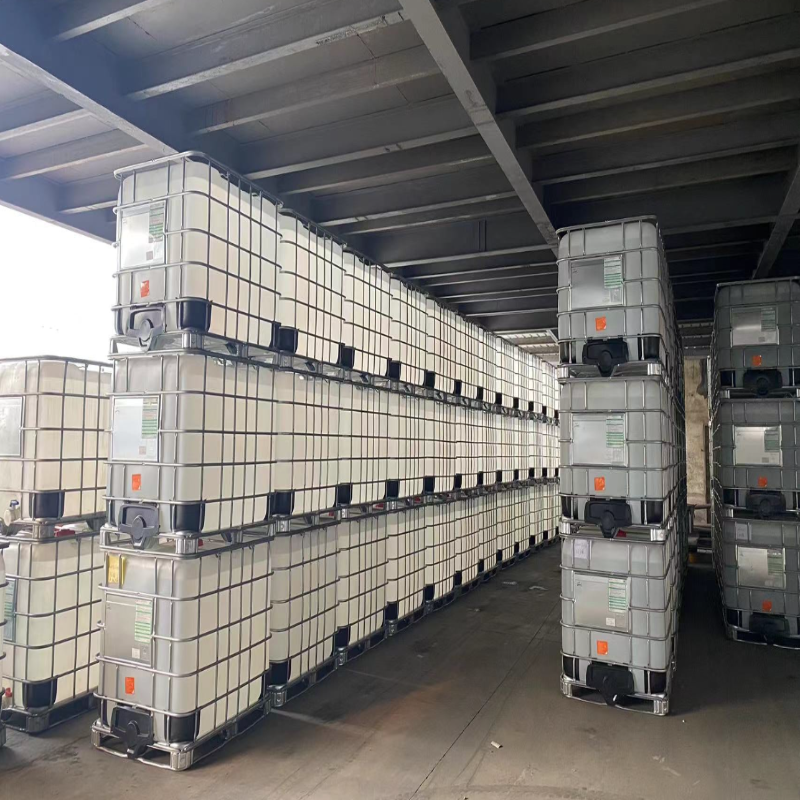-
Categories
-
Pharmaceutical Intermediates
-
Active Pharmaceutical Ingredients
-
Food Additives
- Industrial Coatings
- Agrochemicals
- Dyes and Pigments
- Surfactant
- Flavors and Fragrances
- Chemical Reagents
- Catalyst and Auxiliary
- Natural Products
- Inorganic Chemistry
-
Organic Chemistry
-
Biochemical Engineering
- Analytical Chemistry
-
Cosmetic Ingredient
- Water Treatment Chemical
-
Pharmaceutical Intermediates
Promotion
ECHEMI Mall
Wholesale
Weekly Price
Exhibition
News
-
Trade Service
Recently, a team of professors at the Faculty of Forest, Professor Wei Anzhi, published a research paper entitled "Genomic analysis reveals the genetic diversity, population structure, evolutionary history and relationships of Chinese pepper" online in Horticulture Research, a leading journal in horticulture.
the paper systematically studies the genetic diversity of peppers and bamboo leaf peppers, the kinship between varieties and the origin of cultivation, which is of great significance to the efficient utilization and protection of pepper species resources.
the paper analyzed the genetic diversity of 112 pepper and bamboo leaf pepper species resources using GBS simplified genome sequencing techniques and identified 38,395 SNPs markers.
of the group structure shows that the peppers are divided into three branches, Clade I and Clade II are located north of Qinling and south of Qinling, respectively, while Clade III is mainly distributed in the southwest.
of bamboo leaf peppers and wild groups are grouped into a branch, mainly distributed in the southwest region.
of kinship between varieties showed that there had been many differentiation events in the evolutionary process, and no recent gene infiltration was found between peppers and bamboo leaf peppers, but gene infiltration was detected among different varieties within the species.
The study constructed the dynamic history of the populations of the two species through ancestral theory and simulation of potential distribution areas of species, and concluded that the differentiation time between peppers and bamboo leaf peppers was about 12 million years old, and that climate change was the main reason for the dynamic history of pepper and bamboo leaf pepper populations.
experienced a long and stable population expansion, and its effective population size declined sharply during the last glacial bloom.
and the size of the effective group of bamboo leaf peppers showed a relatively fast growth trend, slowing or halting growth at the last glacial bloom.
the study further infers the origin of pepper cultivation through the analysis of domesticated historical models, and Gansu Wudu may be the center of the origin of cultivated peppers.
Feng Shijing, a postdoctoral student at our university, and Liu Zhenshan, a doctoral graduate student, are the first authors of the thesis, and Professor Wei Anzhi is the author of the thesis newsletter.
the study was funded by the National Key Research and Development Program (2018YFD1000605) and the National Forestry and Prairie Administration Science and Technology Development Center Project (KJZXSA202025).
paper link:







